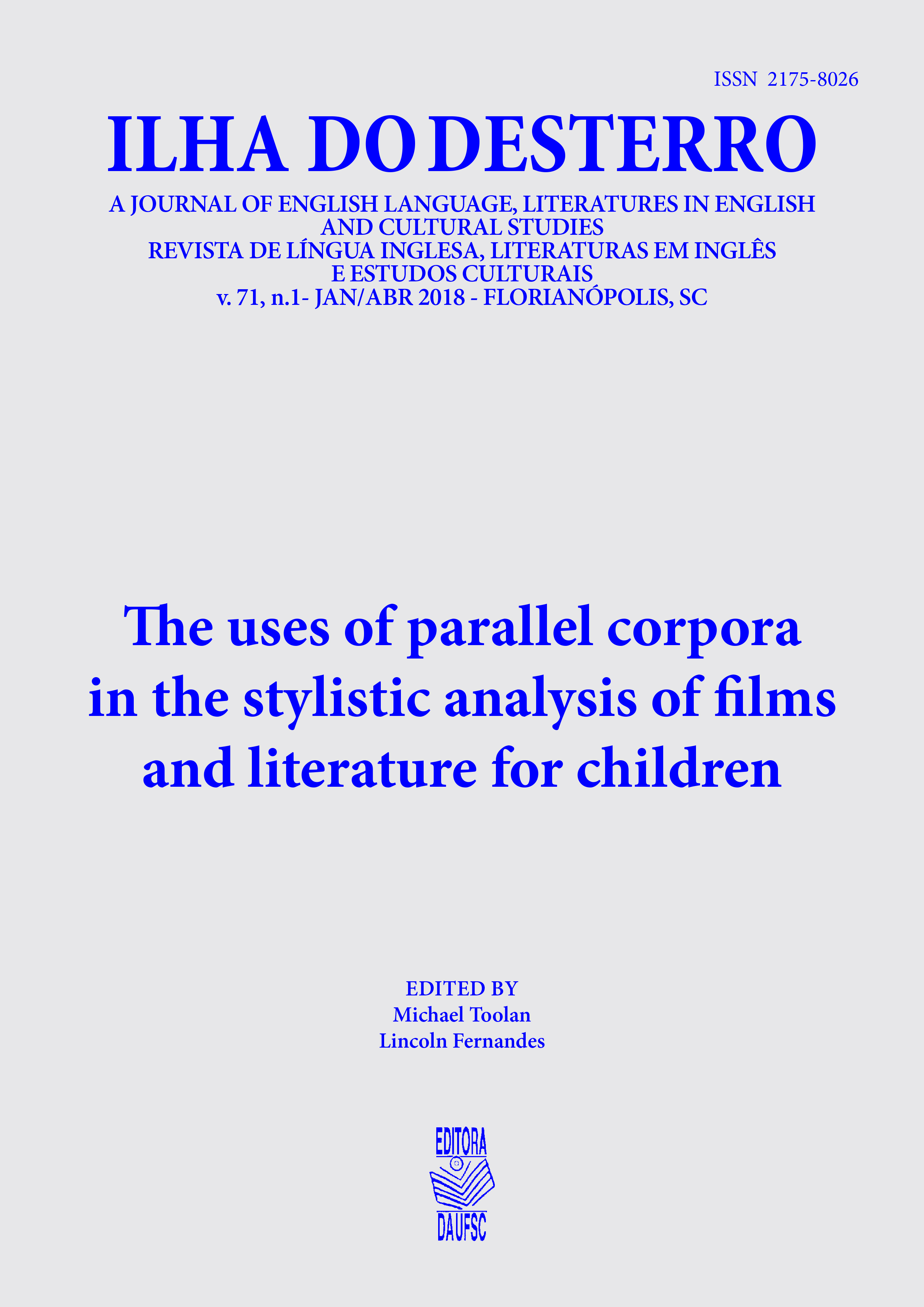Children’s literature in/and translation: The oeuvre as corpus
DOI:
https://doi.org/10.5007/2175-8026.2018v71n1p135Abstract
In this article, I argue that whereas Lewis Carroll builds the fantastic world of Alice’s dreams primarily through narration, Hans Christian Andersen uses patterns of lexical choices that recur throughout his opus to build a universe divided solely in terms of a distinction between what is genuine and what is artificial; and this distinction is a central player in all of his work. Arguably, therefore, attention to Andersen’s wider corpus, and to his use of lexis in it, are key to producing translations of Andersen’s work that reflect its essence.
Downloads
Published
2018-01-15
Issue
Section
Articles




